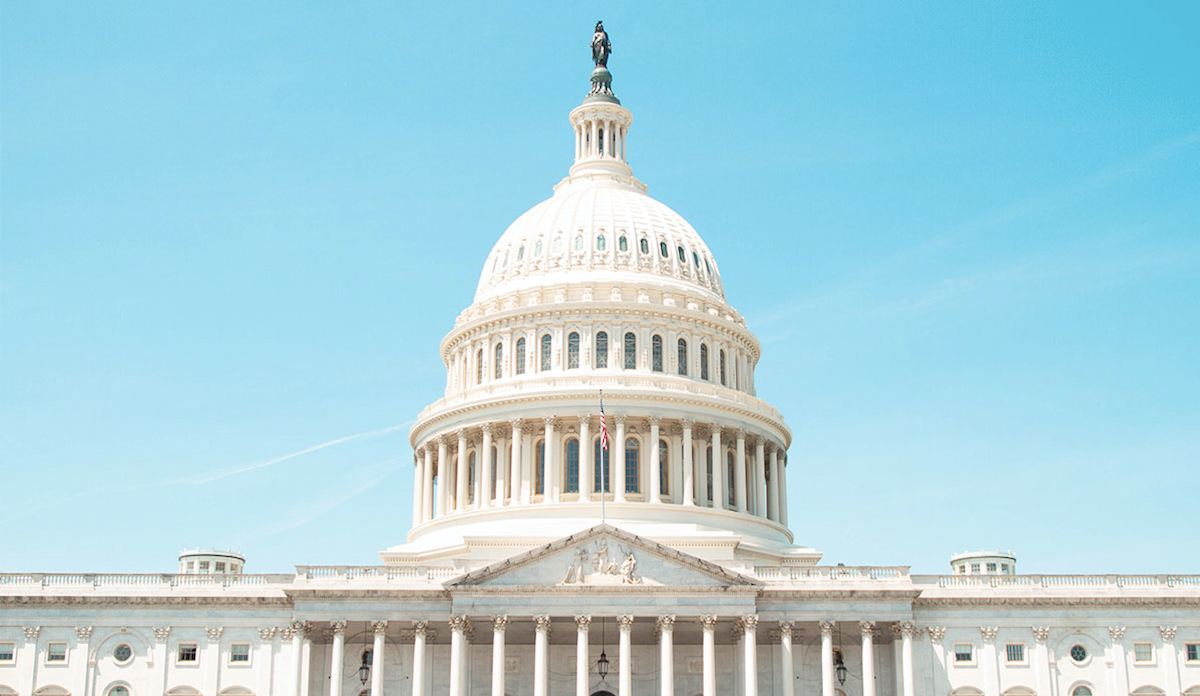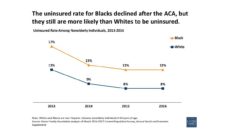When the Affordable Care Act (ACA) was signed into law in 2010, one prominent designer of the law, Zeke Emanuel, envisioned that its marketplaces would revolutionize the way Americans procure health insurance. ACA individual marketplaces have not lived up to these lofty expectations. In 2019 the marketplaces drew just 11.5 million enrollees, a far cry from the 25 million projected by the Congressional Budget Office. In addition to low enrollment numbers, the ACA marketplaces have been plagued by high premiums, which rose sharply from 2014 to 2018 before stabilizing in 2019.
My research indicates that political polarization and its effect on participation in public programs have contributed to both of these troubling outcomes. First off, my joint work with Amy Lerman and Meredith Sadin has demonstrated that, all else equal, Republicans have been much less likely than Democrats to purchase health insurance through the ACA. According to Kaiser Family Foundation survey data from 2014 and 2016, Republicans were 6% more likely than Democrats to forgo health insurance, 12% less likely to buy insurance on the ACA marketplaces, and 7% more likely to buy directly from insurers (off the marketplaces). This is true even when accounting for other factors associated with marketplace uptake like state of residence and health status.
My more recently published research demonstrates that Republicans’ reluctance to enroll in ACA marketplace plans drove up premiums, especially in areas with more GOP voters. This is because of adverse selection, the dynamic whereby people who sign up for insurance tend to be sicker than those who don’t. Because Republicans were less likely to enroll overall, the average Republican who did enroll in the market had greater health risks than the average Democratic enrollee. Moreover, this dynamic likely worsened the health of the overall pool of ACA enrollees–especially in Republican-leaning areas. Since insurers set premiums to cover their costs, a lower-health pool of enrollees generally leads to higher premiums.
Individuals living in areas with large numbers of Republican voters, who may already be less inclined to favor the ACA, tend to experience a less affordable ACA due to the uptake behavior of those around them.
I find that premiums on the ACA marketplaces grew at a faster rate between 2014 and 2017 in counties with higher proportions of Republican voters. Accounting for a host of other factors that are associated with health spending, I find that a 10% difference in Republican 2012 vote share was associated with a 3% increase in premium growth for basic marketplace plans. This amounts to a $144 yearly difference in premiums as of 2017. Notably, I do not find the same relationship for the Small Business Health Options Program marketplace, where partisanship was less likely to influence uptake, suggesting the observed effect was driven by partisan-motivated enrollment.
These cross-county comparisons likely understate the total impact of partisan-motivated enrollment on marketplace costs. Partisan animosity towards the ACA, corresponding to lower rates of Republican enrollment, likely worsened risk pools and pushed premiums up in both Democrat- and Republican-leaning areas. But the effect was worse in areas with more Republican voters.
To the extent that policy experience affects political attitudes, this research suggests a self-fulfilling prophecy. Individuals living in areas with large numbers of Republican voters, who may already be less inclined to favor the ACA, tend to experience a less affordable ACA due to the uptake behavior of those around them.
Photo by Caleb Perez on Unsplash














